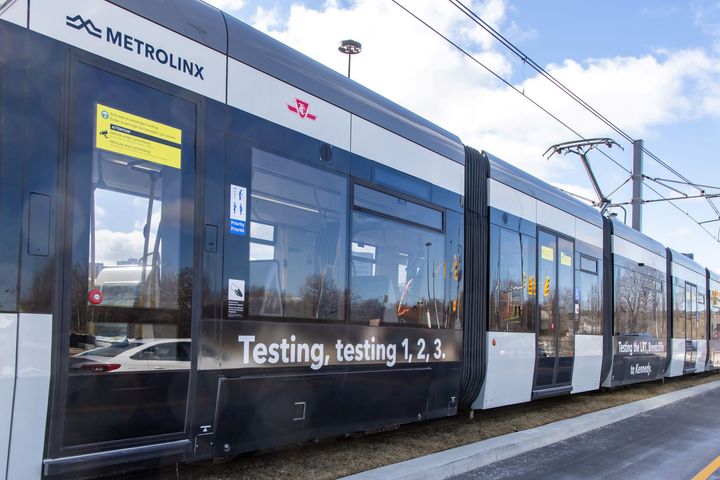
Gardiner Expressway traffic in Toronto has surged by up to 250% due to closures
New data is showing just how badly the Gardiner Expressway lane closures — which started in late March and are set to last three years —have been for those who commute by car via the thoroughfare.
Using AI, local company Geotab Intelligent Transportations Systems has determined that those taking the Gardiner in recent weeks have seen their travel increase by up to 230-250 per cent during peak hours thanks to the roadwork, which has necessitated that one lane be blocked in each direction between Dufferin Street and Strachan Avenue.
starting to avoid Gardiner for 2 years then
— Gabriel (@gabrielmateus) April 15, 2024
The study examined more than 10,000 commercial vehicles both before and after part of the road was shuttered, concluding that eastbound drives between Humber River and Strachan increased by 12 minutes on average, and that the time to get from Jarvis to Dufferin going westbound spiked by around 14 minutes.
These figures were for the morning rush hour, with the afternoon rush hour being only slightly better, and the worst of the slowdowns occurring around 8 a.m, 3 p.m. and 4 p.m.
The number of cars going under a speed of 25 km/hr on the 90 km/hr expressway has also doubled since the work kicked off, the analysis found. In addition, traffic on nearby alternative routes has surged around 23 per cent, which drivers avoiding the Gardiner have definitely been noticing.
The part people have yet to catch onto is that this is like a 12 year project. They are doing the whole highway. This is only one phase/section.
— Larry P Zolob (@LPZolob) April 19, 2024
"Since construction began on March 25, 2024, commercial vehicle drivers are spending more time on the road. Travel time in some areas of the Gardiner has doubled," Geotab wrote on Thursday.
"On the Gardiner, commercial vehicle drivers are spending 80 per cent more time driving per day on average compared to the pre-construction period... In this context, we see that commercial fleets have experienced decreased productivity due to the Gardiner closure."
The Bold Bureau/Shutterstock
Latest Videos
Latest Videos
Join the conversation Load comments







